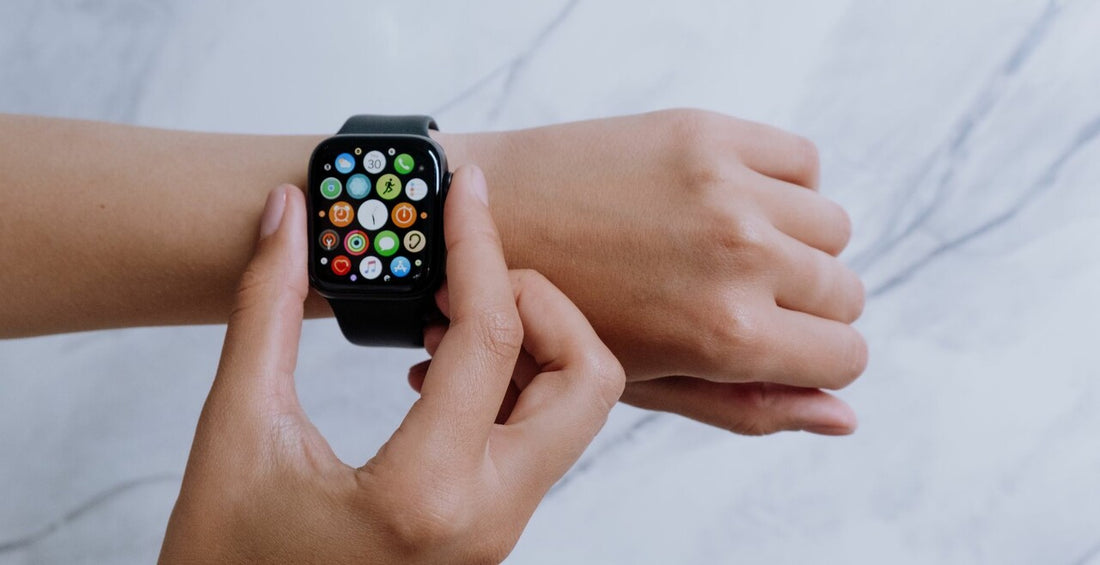Apple Watches rely on a combination of sensors to estimate your activity and workout amounts. Sometimes these sensors get confused and tell the user inaccurate information. Some reasons this can happen are:
Your Environment: Extreme temperatures or high humidity levels can impact the sensors.
Limited Data Points: With only one data source (the watch itself), its ability to estimate data is more limited than professional monitoring devices with multiple data points.
Activity Recognition: Some activities are harder for the watch to recognize and report as exercise, or report accurately. For example, swimming is often misrepresented in measurement.
Rapidly Changing Heart Beat: Sometimes our bodies are quicker than the sensors on an Apple Watch (we really are incredible). Rapid changes in heart rate during high-intensity workouts can be hard for the sensors to keep up with.
Problems With Motion Detection: Technology is amazing, but it still has a way to go. Activities with less predictable movement patterns are harder for the watch to accurately estimate calorie burn. Examples of these activities include weightlifting and yoga.
Software Updates: If the watch is not up to date with the latest software it can affect its accuracy.
Impacts of Inaccuracy
Because of these factors, Apple Watches can tell you you’re burning a ton of calories when you really aren’t. Some activities are overestimated (like carrying groceries) and others get undercounted as technology has room to improve.
The heart rate monitoring can also be less accurate as proper contact with the skin is needed to get a good reading and many people have tattoos or scars that can interfere with the sensors.
More Accurate Choices
If you are concerned about getting a very accurate health reading for heart rate or calories burned, there are more accurate readers that you can use.
One example is a chest strap heart rate monitor. These are wearable devices that contain electrodes that come into contact with the skin, allowing it to measure the electrical signals produced by the heart. It’s made up of a soft elastic strap worn around the chest and a sensor module located at the center. The data is sent with Bluetooth to your device for real-time heart rate information.
If you’re more concerned about health concerns with your heart, there are also wearable ECG monitors. These do not have straps but can provide highly accurate heart rate and rhythm data.
Bottom Line
Apple Watches are fairly accurate for the casual exerciser but if you want precision and accuracy, you might need to look at some other systems. It’s also important to remember that calorie counts and number of steps do not paint a whole picture of your fitness journey. It’s more important to look at your big goals than get caught up in the numbers game of steps or calories burned.
If some of the information about Apple Watches surprised you, let us know!
Stay Healthy!


